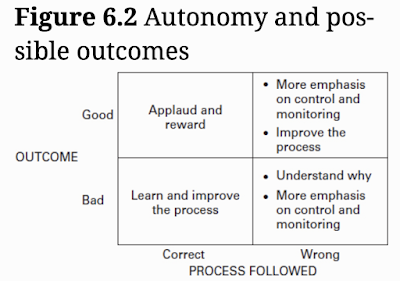Parte I, parte II, parte II, parte IV e parte V.
"It all starts with choosing your customer, or, as we put it, selecting your strategic group and then aligning and organizing your functional capabilities to meet your diverse and rapidly changing customer needs.
The Manager of the Future must be adept at what we call Value Entrepreneurship, which we define as teaming with peer managers to constantly push the envelope of the company’s customer value footprint in its diverse target market segments in a tight but flexible way.
...
The Age of Mass Markets was created in the late 1800s and early 1900s when rail, water, and road transportation enabled local markets to integrate into national mass markets. This agglomeration of volume converged with innovations in manufacturing, marketing, and distribution—like assembly line production; mass media like newspapers, radio, and broadcast television; and national networks of distributors—to create massive economies of scale. In this context, the most important strategic imperative was to get big.
All this began to change a few decades ago. The change was largely driven by technology. Computers came into widespread use, the internet was developed, and both wireless networks and narrowcast technologies like cable TV were deployed. These innovations accelerated companies’ ability to reach out directly to customers and microsegment markets and to accumulate data so that they could micro target customers. Manufacturing innovations like small-batch production, robotics, process automation, and additive manufacturing broke down economies of scale, enabling companies to produce niche products and services targeted at individual segments and even at individual customers.
...
While getting big was the strategic imperative in the Age of Mass Markets, the strategic imperative of the Age of Diverse Markets is to adroitly manage complexity. Today, successful companies must be expert at choosing their customer, aligning their resources, and managing their organization to target and meet the needs of the most lucrative, defensible parts of the emerging market in their transforming industry."
Trechos retirados de “Choose Your Customer: How to Compete Against the Digital Giants and Thrive” de Jonathan S. Byrnes.


















































